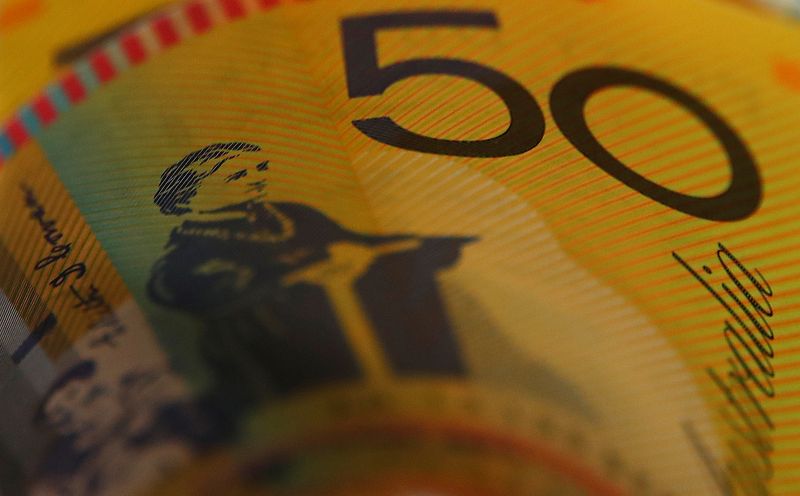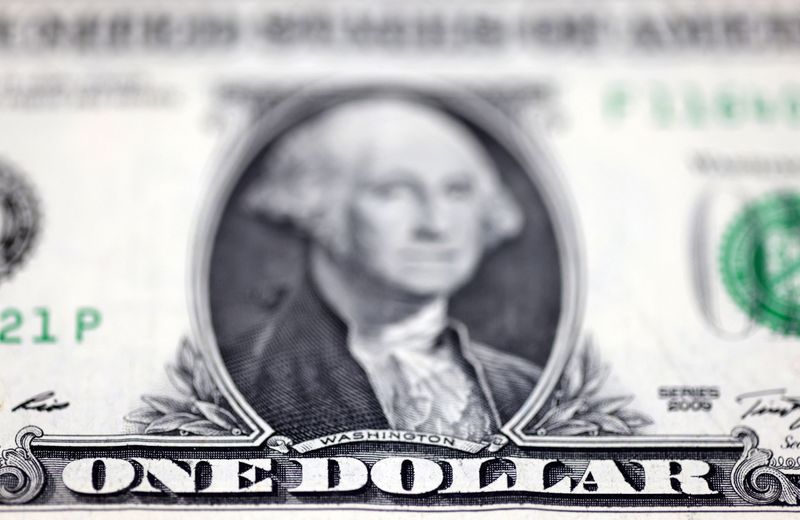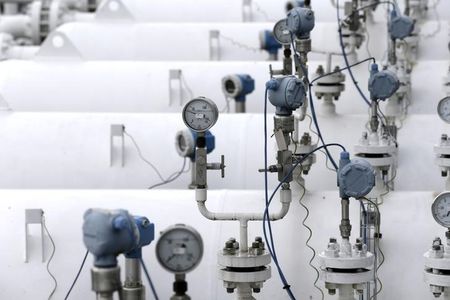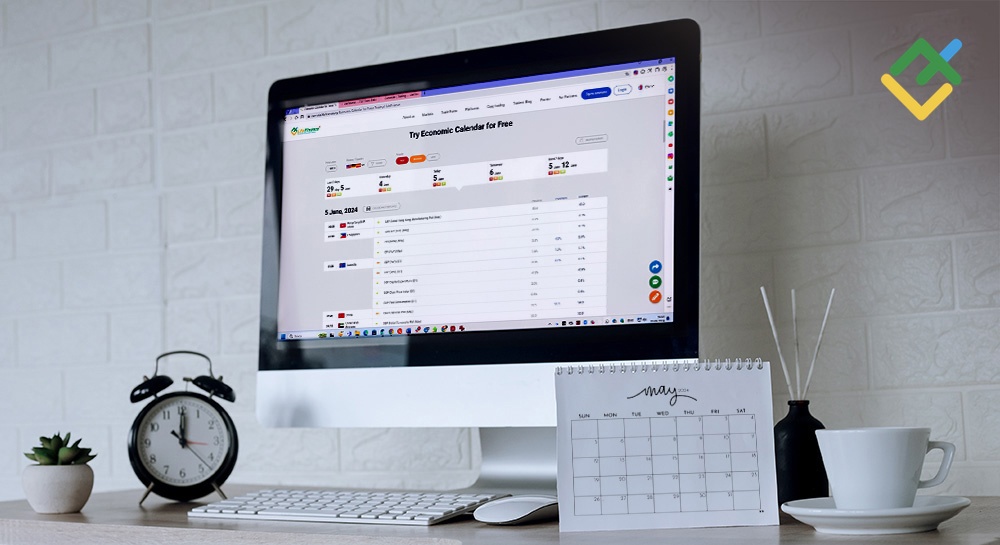
By Kevin Buckland
TOKYO (Reuters) – The U.S. dollar hovered near two-month peaks versus major peers on Wednesday, supported by expectations the Federal Reserve will proceed with modest interest rate cuts and a rise in betting odds for a second Donald Trump presidency.
The euro edged lower with the European Central Bank widely expected to cut interest rates on Thursday, while the yen was checked by cautious comments from a Bank of Japan official.
The Australian and New Zealand dollars sagged as scepticism widened over stimulus from top trading partner China.
The U.S. dollar index – which measures the currency against the euro, yen and four other major rivals – was steady at 103.24, as of 0552 GMT, hovering near Monday’s high of 103.61, a level previously not seen since Aug. 8.
Recent data indicating a resilient economy coupled with slightly hotter-than-expected inflation in September have led market participants to trim bets for an aggressive U.S. rate reduction.
Traders currently lay 92% odds for a 25-basis-point cut when the Fed next decides policy on Nov. 7, with an 8% probability of no change, according to CME Group’s (NASDAQ:CME) FedWatch Tool. A month ago, traders saw greater than 29% odds of a super-sized 50-basis-point reduction.
Market pricing still strongly favours a total of 50 basis points of easing this year, but comments from central bankers overnight leaned hawkish. The Atlanta Fed’s Raphael Bostic said he pencilled in just one 25 basis-point rate reduction for this year, while the San Francisco Fed’s Mary Daly said “one or two” cuts in 2024 would be “reasonable”.
Meanwhile, Trump’s odds of winning the election in recent days have edged higher on betting websites, although the outcome remains tight.
Oddschecker.com had Trump at the equivalent of about a 56% chance of winning and Harris at about 44% overnight. On the PredictIt platform, contracts for a Trump victory traded at 54 cents for a $1 payout. Harris contracts were at 50 cents.
“Trump is starting to draw ahead in some betting markets, and there are worries his tariff proposals will be inflationary and could cause the Fed to rethink their policy path,” said James Kniveton, senior corporate forex dealer at Convera.com.
“But we have seen these odds flip quickly and often over the past few months.”
The dollar added 0.1% to 149.345 yen, not far from Monday’s high of 149.98 yen, the strongest since Aug. 1.
BOJ board member Seiji Adachi said on Wednesday the central bank must raise rates at a “very moderate” pace and avoid hiking prematurely, given uncertainties over the global economic outlook and domestic wage developments.
The euro edged 0.05% lower to $1.0887, and earlier touched $1.0882, matching the low from Tuesday, which was the weakest level since Aug. 8.
Sterling was flat at $1.3073.
The Aussie dropped as much as 0.51% to $0.6669, the lowest since Sept. 12, before recovering to be off 0.07% at $0.6699.
The New Zealand dollar sank as much as 0.69% to $0.6041, a level last seen on Aug. 19. It was last trading 0.3% weaker at $0.60645.
Chinese stocks fell sharply on Tuesday and remained weak in the latest session, following a frenzied rally fuelled by stimulus hopes that Beijing has yet to bring to fruition.
On Saturday, China’s finance ministry said it would increase borrowing, without saying when or by how much. China will hold a press conference on Thursday to discuss promoting the “steady and healthy” development of the property sector.
“There’s definitely been some building scepticism about China’s real commitment to the kind of fiscal support that would be seen as really cathartic,” and that is pulling down the Australian and New Zealand currencies this week, said Ray Attrill, head of FX strategy at National Australia Bank (OTC:NABZY).
New Zealand’s currency was weighed down further by data showing cooling inflation, keeping the door open for aggressive easing by the central bank.

Statistics New Zealand said on Wednesday that annual inflation dropped to 2.2% in the third quarter, returning to the RBNZ’s target range of 1% to 3% for the first time since March 2021.
“There’s been some speculation that the next RBNZ rate cut might be as much as 75 basis points,” Attrill said. “Today’s CPI numbers arguably played with the grain of that view for an outsized cut.”
This post is originally published on INVESTING.





